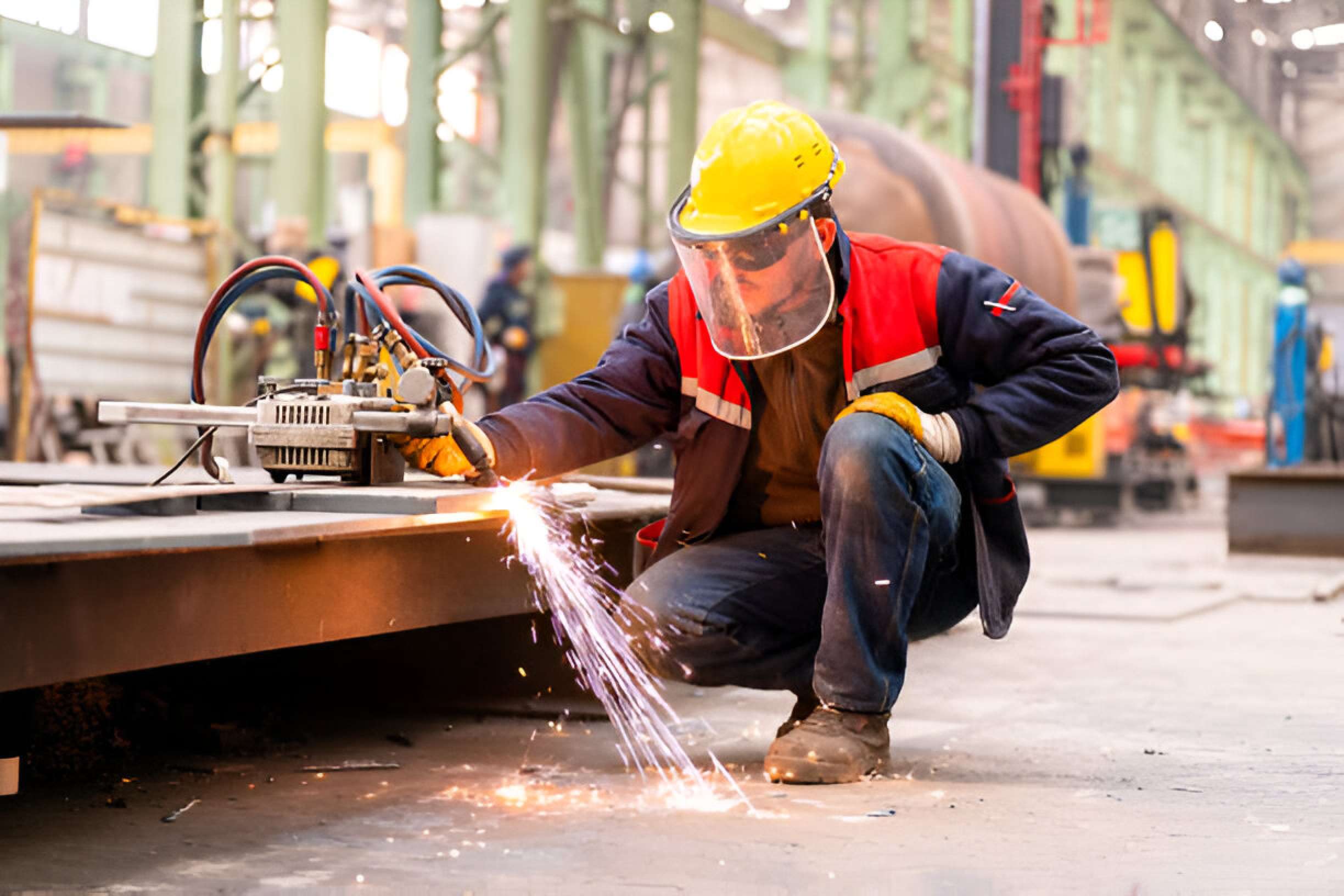
Which Aluminum Fabrication Process is Best for Your Project?
Choosing the fabrication process for your next project is as crucial as selecting the base material. If you’ve opted for aluminum, you probably recognize the various fabrication methods available. Each method can impact the physical properties of aluminum and influence your production costs. This article offers an overview of four widely used aluminum fabrication methods: extrusion, casting, rolling, and forging. Getting acquainted with these methods will help you determine the most suitable approach for your specific situation.
An aluminum fabrication process involves methods to shape aluminum, utilizing various physical and chemical procedures. The resulting pieces exhibit diverse physical properties, and understanding the differences between fabrication techniques is crucial. Factors like strength, shape, surface finish, cost, and production rate play a key role in choosing the appropriate process for specific applications.
4 Advanced Aluminum Fabrication Processes
Four of the most common aluminum forming processes are extrusion, casting, rolling, and forging. Each of these processes employs distinct techniques and imparts unique properties to the aluminum. Consequently, product designers can leverage these processes for various types of parts and applications.
Extrusion: Precision in Shape
Aluminum Extrusion is a dynamic process that excels in crafting intricate shapes with unparalleled precision. Ideal for complex designs, it offers efficiency and consistency across various industries.

Key Applications of Aluminum Extrusion for Success!
- Architectural (Door & window frames, moldings, handrails, display systems)
- Electronics (Heatsinks, enclosures, LED lighting channels)
- Automotive (Roof rails, bumpers, electronics housings, roof racks)
- Aerospace (Wing structures, cabin interior)
- Solar Panels (Framing systems)
Casting: Molding Perfection
Casting is an excellent process for shaping aluminum into intricate forms. The technique involves fully melting aluminum alloy ingots and injecting the molten metal into a mold. The poured metal completely fills the empty cavity, solidifying to create a precise aluminum replica of the mold’s internal shape. Casting can be performed using various mold types, such as dies, permanent molds, clay molds, and sand molds. Parts produced through casting often require minimal additional machining. Moreover, utilizing steel dies allows for multiple repetitions of the process before die replacement.
One of the primary advantages of die casting lies in the complexity of the parts it produces. This complexity surpasses that of other aluminum forming processes, providing options for different textures with almost no size limitations.

Key Applications of Aluminum Casting for Success!
- Automotive (Engine parts, electronic covers, brackets)
- Telecommunications (Networking and infrastructure equipment)
- Electronics (Enclosures, housings, and components)
Rolling Excellence: Thin and Strong
The aluminum rolling process entails passing slabs or billets of aluminum alloys through various sets of rolls to decrease their thickness. This process is repeated until the aluminum attains its final form, yielding a piece categorized as a plate, sheet, or foil based on its thickness.
Aluminum plates, sheets, and foils resulting from the rolling process exhibit remarkable versatility in welding custom fabrication. Fabricators can undergo additional processing, including operations like bending, forming, or machining. For instance, rolled aluminum can be employed to manufacture items such as beverage and food cans, aluminum roofing and gutters, and household aluminum foil

Key Applications of Aluminum Rolling for Success!
- Plate (Aircraft skins, spacecraft fuel tanks, storage tanks)
- Sheet (Anti-skid flooring, heat exchangers, corrugated roofing, composite panels)
- Foil (Semi-rigid food containers, household foil)
Forging Aluminum
Forging is the process of shaping metal through pressing, pounding, or squeezing to attain the desired form. In this method, a producer heats a slab of aluminum and utilizes a press or hammer to alter its shape.
Aluminum forging can be achieved through either an open or closed die. Closed dies consist of two halves mirroring the final shape of the product, resembling casting dies. On the other hand, open dies do not restrict the aluminum slab, allowing it to expand in directions other than the one it is pressed or hammered. Open die forging is typically preferred by manufacturers for very large pieces.

Key Applications of Aluminum Forging for Success!
- Automotive (Wheels, pistons)
- Tools (Hammers, pliers, wrenches)
- Aerospace (Gears, wheels)






